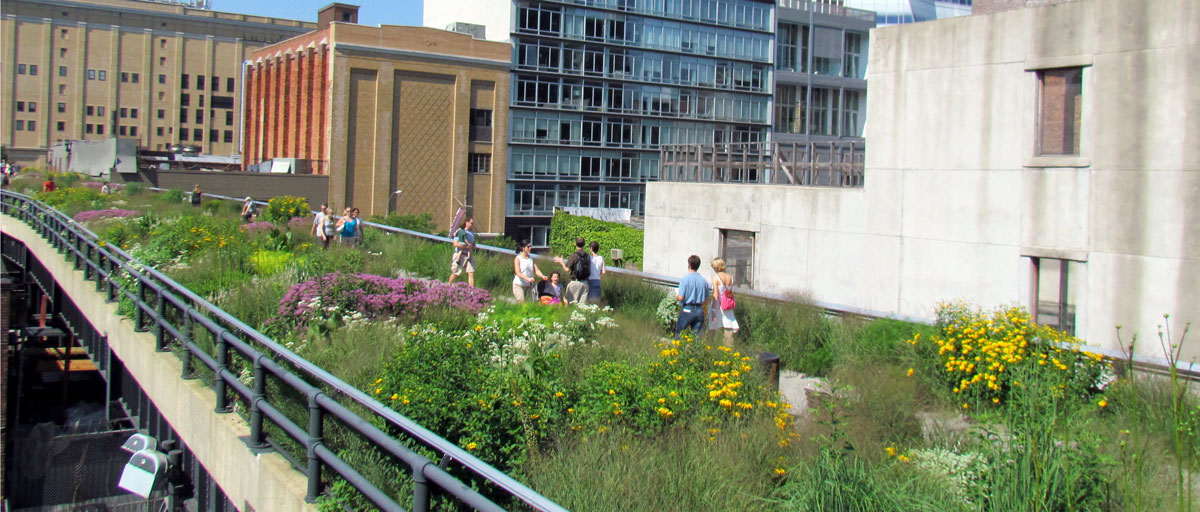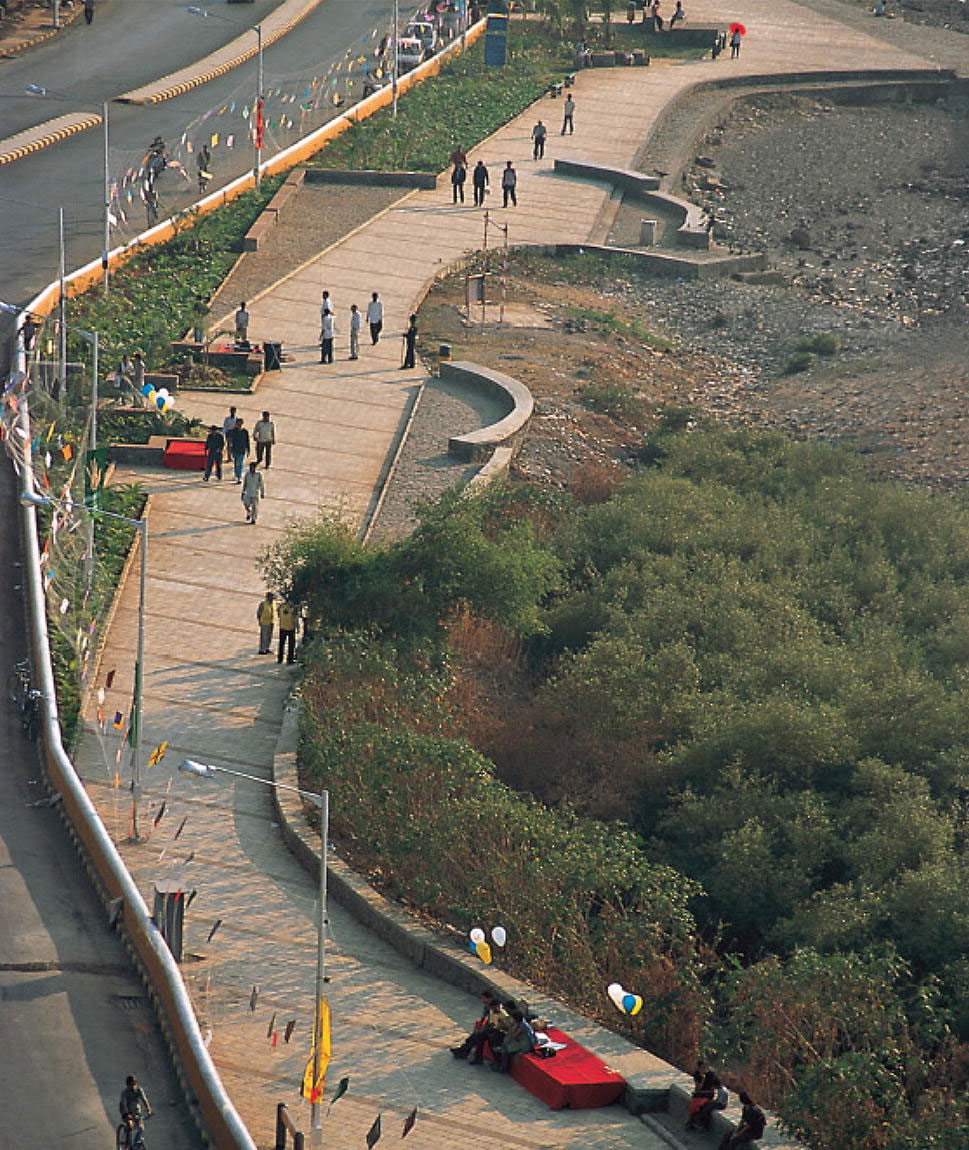
The current speed and complexity of urbanisation calls for radically new approaches to sustainability of cities. Urban tinkering is a systems thinking approach inspired by evolutionary biology which can help engineers, architects, ecologists, health specialists, and other urban stakeholders to reach the UN global goal for sustainability of cities. Photo: D. Berkowitz/Flickr
Bildtext får vara max två rader text. Hela texten ska högerjusteras om den bara ska innehålla fotobyline! Photo: B. Christensen/Azote
Urban Ecology
Tinker, tailor, urban future
Future sustainability of cities requires policies and interventions based on a complexity approach inspired by evolutionary theory
- The current speed and complexity of urbanisation calls for radically new approaches to sustainability of cities
- Study suggests “urban tinkering” as a solution – a systems thinking approach inspired by evolutionary biology
- It can help engineers, architects, ecologists, health specialists and others to develop innovative solutions for reaching Sustainable Development Goal 11 for cities
The speed and complexity of urbanisation over the coming decades will demand radically new approaches to sustainability. The world’s cities have grown from about 200 million people in 1900 to 3.9 billion in 2014 and will likely reach 6.4 billion people in 2050. Enter the concept of urban tinkering. It is a systems thinking approach inspired by evolutionary biology which the authors believe can help engineers, architects, ecologists, health specialists, and other urban stakeholders, in developing innovative solutions for reaching the UN global goal for sustainability of cities.
There are already a number of examples of urban tinkering. They include everything from the restoration of a river in Seoul and reuse of a train line as a public space in New York to the reclaiming of Mumbai’s waterfronts and more inclusive conservation in Cape Town. Other cases include the conservation of “Satoyama landscapes” on the outskirts of cities in Japan, the redesign of public spaces in Dakar, and innovative use of infrastructure elements in the informal settlements of Kibera in Nairobi.
“We argue that a multidisciplinary, complex systems approach, inspired by evolutionary theory, can inform the strategic design of policies and interventions to deal with challenges of growing urban regions and uncertainties in various scenarios in reducing undesirable path dependencies,” researchers write in an article published in the journal Sustainability Science.
Centre researcher Thomas Elmqvist is the first author of the article and he is accompanied by Erik Andersson, Julie Goodness and EllikaHermansson Török, as well as researchers from e.g. University of Cape Town, Australian National University, McGill University, Harvard University, University of Lodz, and University of Tokyo.
Urban tinkering can function by promoting a diversity of small-scale urban experiments that, in aggregate, lead to large-scale often playful innovative solutions to the problems of sustainable development
Thomas Elmqvist, lead author
From engineering to evolutionary thinking
Global environmental change, especially climate change and land degradation, is already taking its toll in cities around the world. These challenges will continue to increase but can to some extent be averted and mitigated by traditional engineered design strategies. They are, however, unlikely to be able to meet the full social, environmental and economic goals of cities, most notably the need for healthy, sustainable urban environments which encompasses Sustainable Development Goal 11, the researchers conclude.
In the past, urban development strategies have tended to focus on engineering and investments in infrastructure designed to fulfil one function at the time. This have frequently created lock-in situations that persist over decades or even centuries. This is where tinkering comes in, as an alternative approach. The term was first introduced in 1977 by the French Nobel Laureate in medicine François Jacob. He was an evolutionary biologist and philosopher and described evolutionary tinkering as the modification and moulding of existing traits and forms in ways that can result in dramatic shifts in function in the context of changing conditions. This approach is very different from conventional urban engineering and design approaches that focus on tailor-made materials and tools to achieve well-defined functions.
The new study by Thomas Elmqvist and colleagues explore the application of such an evolutionary approach to urban design, engineering, management and governance.
“We define urban tinkering as a mode of operation, encompassing policy, planning and management processes, that seeks to transform the use of existing and design of new urban systems in ways that diversify their functions, anticipate new uses and enhance adaptability, to better meet the social, economic and ecological needs of cities under conditions of deep uncertainty about the future,” Elmqvist explains.

The Cheonggyecheon river after massive reconstruction and removing of a highway in Seoul.
Huge potential locally, but global perspective still needed
Urban tinkering can both guide the design of new, and redesign of existing, urban structures, as well as promoting innovative integration of grey, green and blue infrastructure in service of environmental and health objectives, they write.
In the context of cities, green and blue infrastructure is to be understood as natural and semi-natural elements, like hedgerows, parks, ponds, or water courses. Together they form a green-blue infrastructure which is an important component of the urban tinkering approach suggested in the study. Experimenting with different combinations of these natural elements and the human-engineered “grey” infrastructure to provide social, economic and environmental values to a city and its surroundings is an important part of the solution.
“Urban tinkering can function by promoting a diversity of small-scale urban experiments that, in aggregate, lead to large-scale often playful innovative solutions to the problems of sustainable development,” Thomas Elmqvist says.
While urban tinkering is suggested to have huge potential, the authors emphasize that it is no panacea. “It is unlikely to completely displace conventional engineering from large-scale planned infrastructure, and all local and regional tinkering initiatives needs to be combined with a global perspective,” co-author Julie Goodness explains.

Bandra Beach development in Mumbai. Photo: P.K. Das
Elmqvist, T., Siri, J., Andersson, E., Anderson, P., Bai, X. et al. 2018. Urban tinkering. Sustainability Science. Doi: 10.1007/s11625-018-0611-0
Thomas Elmqvist is a professor researching natural resource management and urban landscapes. His research is focused on ecosystem services, land use change, urbanization, natural disturbances and components of resilience including the role of social institutions.
Erik Andersson's research focuses on multifunctional landscapes, and he is one of the leaders for the global food systems and multifunctional landscapes/seascapes research theme
Julie Goodness is a post-doc at the centre. She is broadly interested in the dynamics of urban social-ecological systems, with applications to management and governance for sustainability.
Ellika Hermansson Török is a senior advisor for the SwedBio programme at SRC working with urban challenges and opportunities in developing countries








